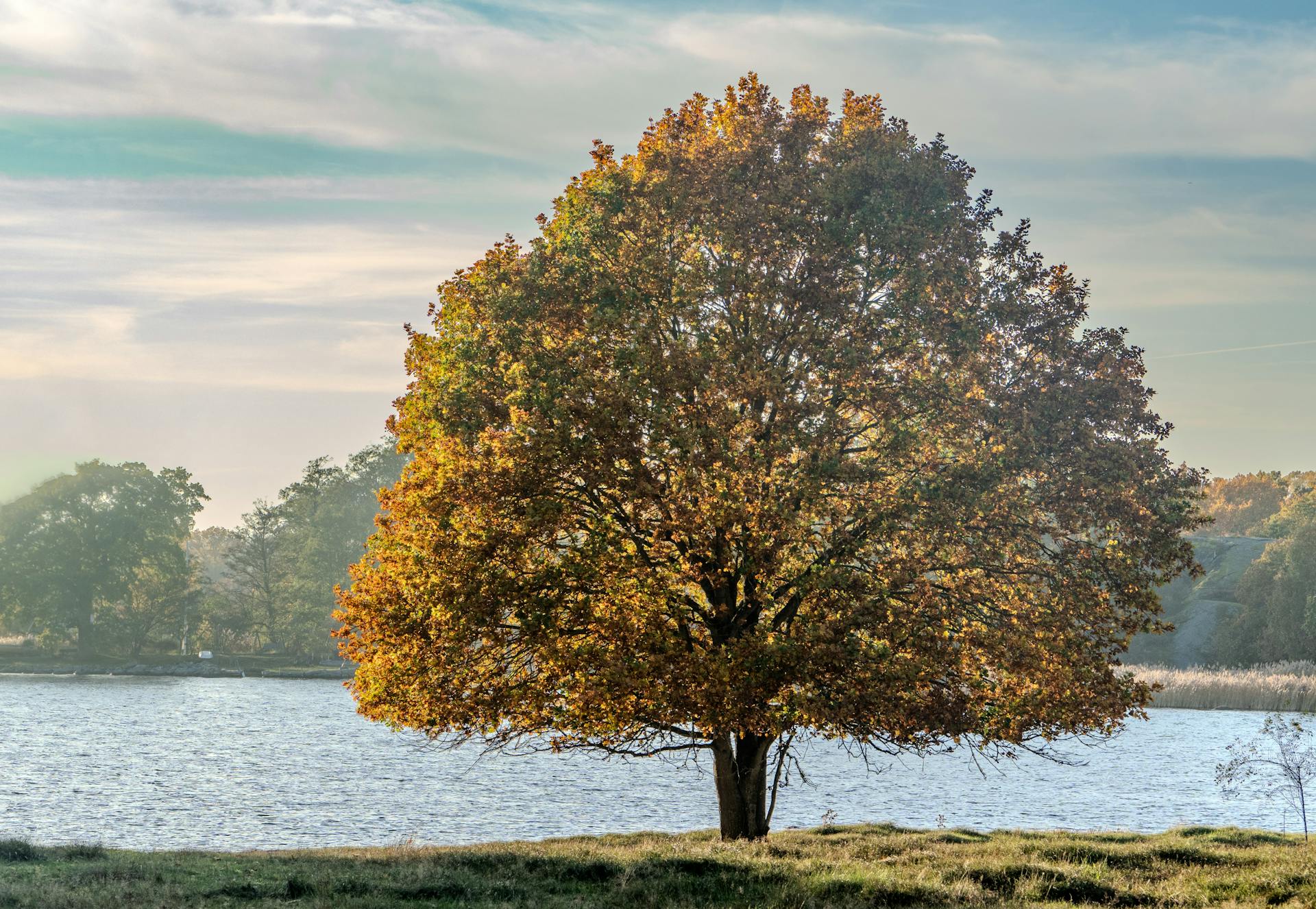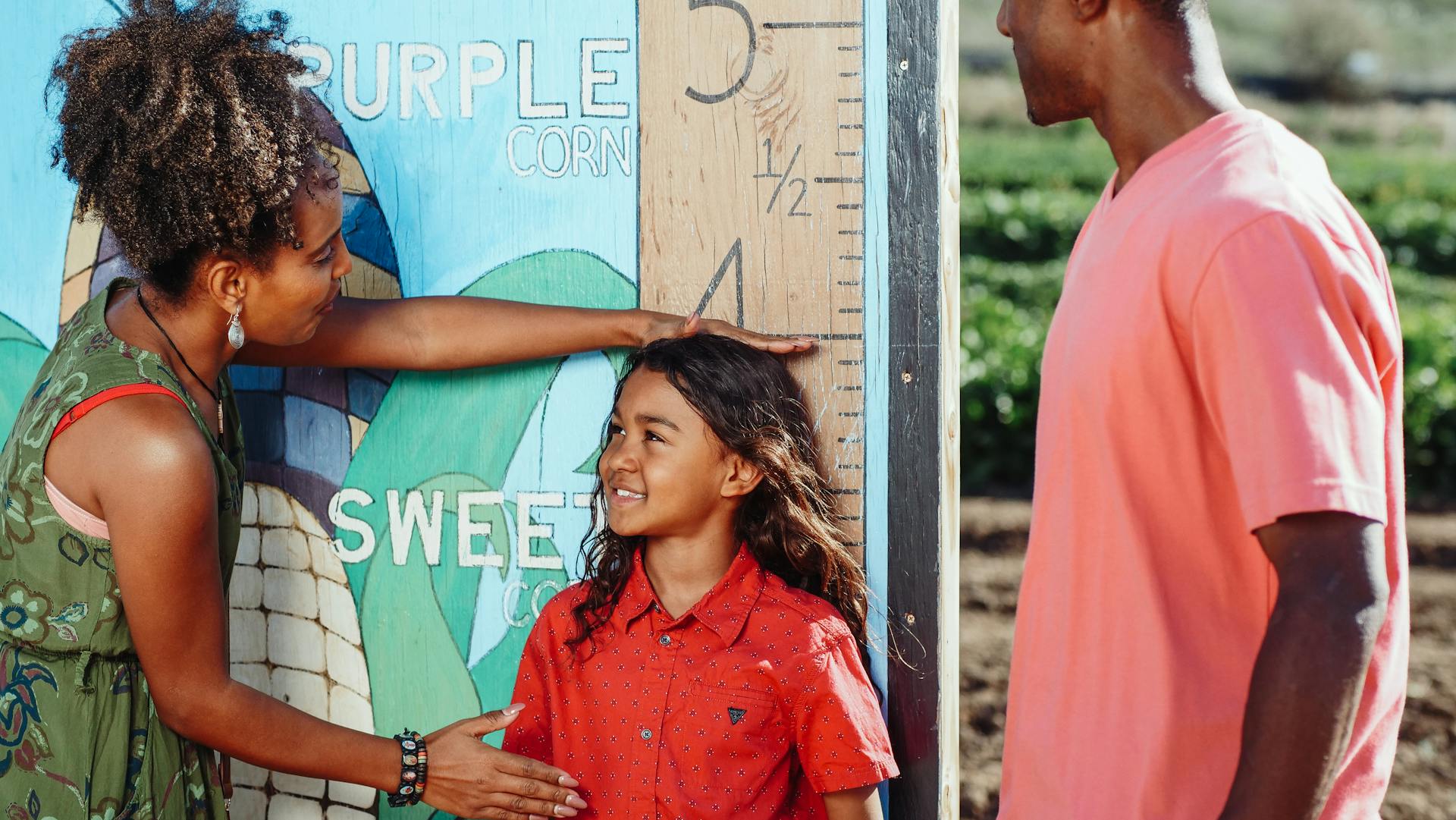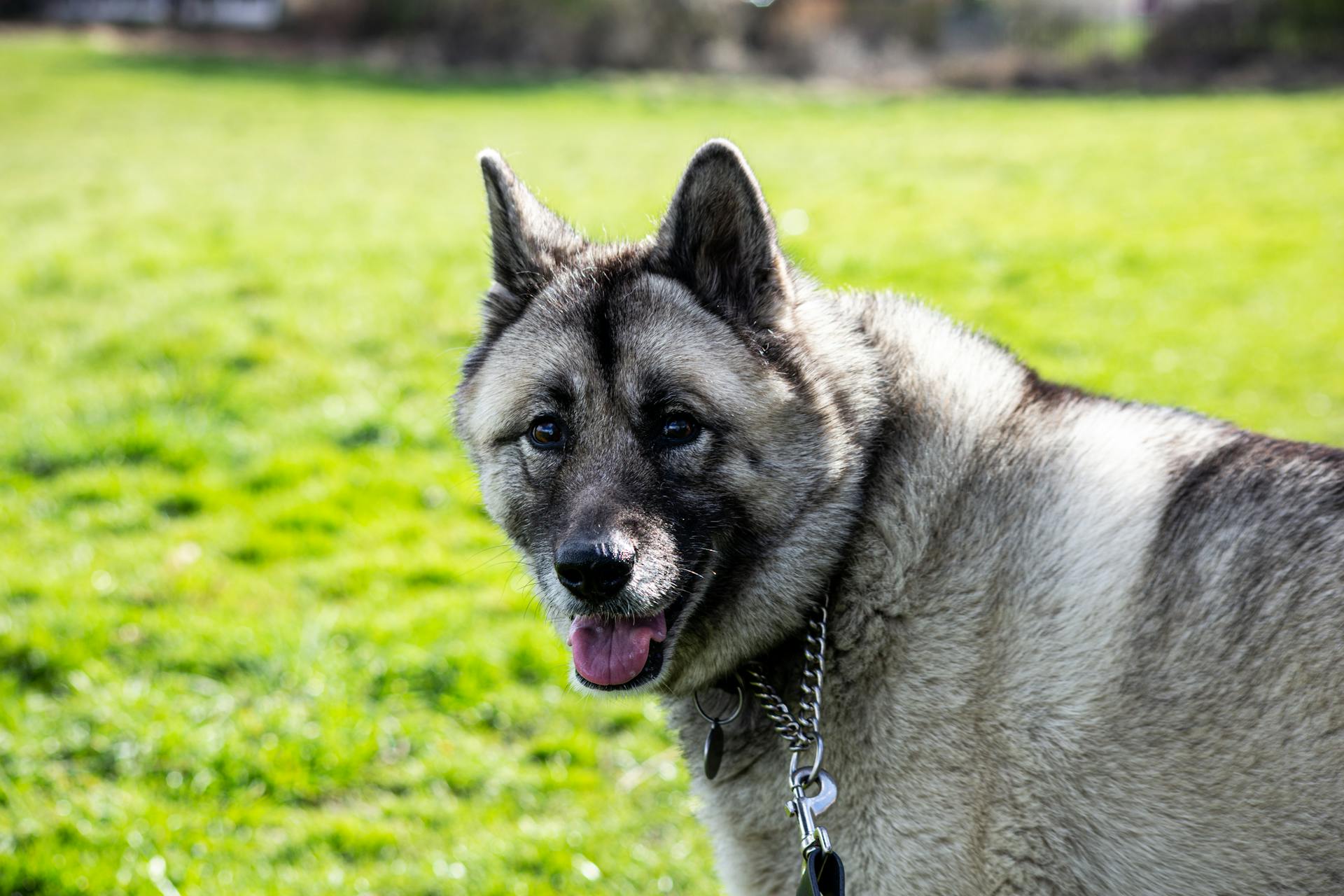
The Norwegian Elkhound puppy is a bundle of energy and joy, and with the right care and attention, they'll grow into a loyal and loving companion. Norwegian Elkhounds are a medium-sized breed, typically weighing between 35-50 pounds.
Their high energy levels require regular exercise, so be prepared to take your puppy on daily walks and playtime. A securely fenced yard is also a must to prevent any unwanted adventures.
As a breed, Norwegian Elkhounds are known for their intelligence and trainability, but they can be stubborn at times. Consistent training and positive reinforcement will help your puppy learn good behavior and manners.
Physical Characteristics
The Norwegian Elkhound is a beautiful breed, and one of the first things you'll notice about them is their physical characteristics.
They have a medium, sturdy build and weigh between 44-51 pounds, with males averaging 55 pounds and females 48 pounds.
Their height is quite consistent, ranging from 19.5-20.5 inches, with a broad and wedge-shaped head.
Their coat is coarse and straight, with a soft undercoat, and they come in a variety of colors including black, white, and gray.
Their eyes are a lovely dark brown, and their ears are pointed and erect, although they may relax when the dog is calm.
One of the distinctive features of the Norwegian Elkhound is their tightly curled tail, which they carry rolled over their back.
Here are some key physical characteristics to keep in mind:
Temperament and Personality
A Norwegian Elkhound puppy's temperament is active and intelligent, making them a great fit for an on-the-go family.
They're strong-willed and devoted, but may take time to warm up to strangers.
Their loyalty is to their pet parent first and foremost, and they can cohabitate with other dogs, but it's best to introduce them to other dogs when they're young.
Norwegian Elkhounds are bred for hunting large game, so they tend to be quite vocal and will bark to alert you to important things like strangers approaching or dinner time.
See what others are reading: When Is It Best to Breed a Dog
Their independence can make training a challenge, but consistency and firmness can help.
They're amazingly devoted and protective of their family, and their bark provides safety from intruders.
Early socialization is crucial to ensure your Elkhound puppy grows into a well-rounded dog, and enrolling them in a puppy kindergarten class is a great start.
Socialization helps them polish their social skills and interact with new people, sights, and sounds.
Care and Maintenance
Norwegian Elkhounds require daily exercise to burn off energy and maintain a healthy weight, with breeders recommending 30 minutes twice a day.
They are exceptionally food-motivated, so proper feeding and exercise are crucial throughout their life to prevent obesity. A home with a fenced yard is more suitable for them, as they are prone to barking.
Daily brushing is a must for this breed, especially during shedding season when they blow their coats. A few minutes a day will help offset shedding woes for most of the year.
Prospective Owners
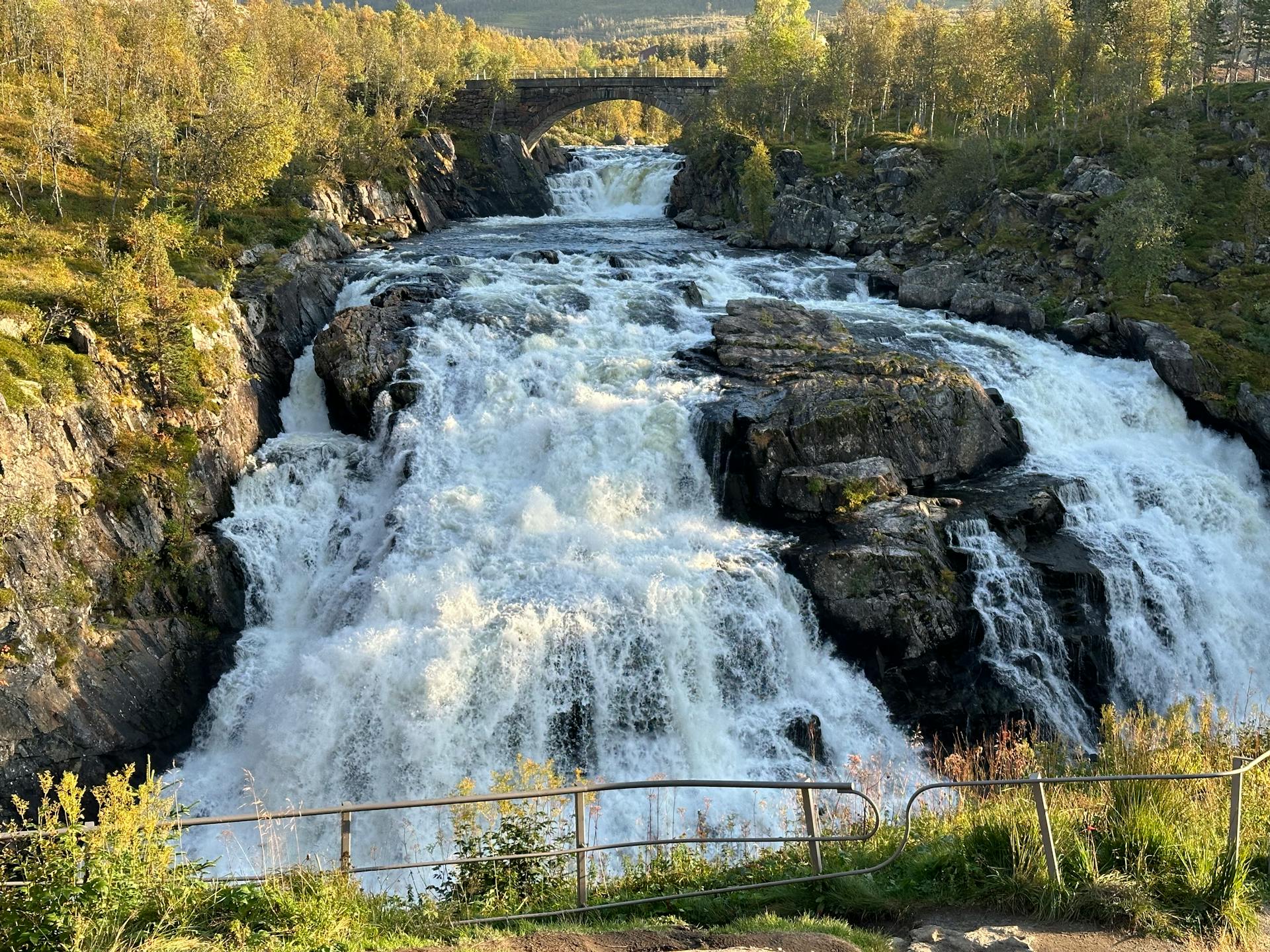
Choosing the right breed is crucial, so take your time and research different types to find the perfect match for your lifestyle.
If you're thinking of getting a dog, consider why you want one. Do you want a companion, a workout buddy, or a family pet? Knowing your motivations will help you decide on the right breed.
Finding a responsible breeder is essential to ensure you're getting a healthy puppy. Look for breeders who are transparent about their breeding process and prioritize the welfare of their dogs.
Getting started in dog sports can be a great way to bond with your dog and provide them with physical and mental stimulation. Consider enrolling in obedience classes or agility training to get started.
Puppies require a lot of attention and care, so make sure you're prepared to devote time and resources to raising a healthy and well-adjusted pup.
Dog Care
Norwegian Elkhounds require daily exercise to burn off energy and maintain a healthy weight, so aim for 30 minutes of exercise twice a day.
These dogs are highly motivated by food, so be careful not to overfeed them, and measure their food to ensure they're not getting too much. They need 2 to 2.5 cups of high-quality dry food per day, divided into two meals.
Regular grooming is essential for Norwegian Elkhounds, with daily brushing recommended to prevent shedding woes. They shed heavily in the spring and fall, so be prepared for extra brushing during these seasons.
A weekly exam can help you spot potential health problems early, so make it a habit to check your Elkhound's ears, eyes, and skin every week. Don't forget to brush their teeth at least two to three times a week to prevent tartar buildup and bad breath.
Norwegian Elkhounds are people dogs and shouldn't spend their lives locked up in a crate or kennel, so crate training should be done with care. Crate training at a young age can help your Elkhound accept confinement if they ever need to be boarded or hospitalized.
Trim their nails monthly to prevent painful tears and other problems, and keep an eye out for signs of infection such as redness, tenderness, or inflammation on the skin, nose, mouth, eyes, and feet.
A unique perspective: What Do Puppys Need
Health and Environment
Norwegian Elkhounds are generally a healthy breed, but like all dogs, they can be prone to certain health issues. Their life expectancy is around 12 to 15 years.
Some common health issues to be aware of include hip dysplasia, which can cause pain and lameness in the back legs, and genetic eye conditions such as progressive retinal atrophy (PRA), glaucoma, and cataracts. These conditions can lead to blindness if left untreated.
Fanconi syndrome is a serious inherited disease that affects the kidneys and can cause excessive urination and thirst, as well as weight loss and muscle wasting. If caught early, it can be managed with medication, diet changes, and plenty of fresh water.
Here are some key health clearances to look for when buying a Norwegian Elkhound puppy:
- OFA (Orthopedic Foundation for Animals) certification for hip dysplasia with a score of fair or better
- Auburn University certification for thrombopathia
- CERF (Canine Eye Registry Foundation) certification for normal eyes
It's essential to work with a reputable breeder who has performed these health clearances to ensure you're getting a healthy puppy.
Health
Norwegian Elkhounds are generally a healthy breed, but like all breeds, they can be prone to certain health issues. Their life expectancy is around 12 to 15 years, but some may live up to 12.9 years.
Readers also liked: English Bull Terrier 100 Years Ago
Hip dysplasia is a common problem in large breeds, and Norwegian Elkhounds are no exception. This condition occurs when the hip joint isn't formed properly, causing pain and discomfort for the dog.
Genetic eye conditions, such as progressive retinal atrophy (PRA), glaucoma, and cataracts, can also affect Norwegian Elkhounds. If your pup has any issues with their eyes, it's essential to see your veterinarian right away.
Kidney problems, including Fanconi syndrome, can be a concern for Norwegian Elkhounds. This condition affects the kidneys and the tubules that reabsorb substances, leading to improper levels of calcium, glucose, phosphate, sodium, and amino acids.
Here are some health issues to be aware of in Norwegian Elkhounds:
- Hip Dysplasia: A common problem in large breeds, causing pain and discomfort.
- Genetic Eye Conditions: PRA, glaucoma, and cataracts can affect Norwegian Elkhounds.
- Fanconi Syndrome: Affects the kidneys and tubules, leading to improper substance levels.
- Hypothyroidism: A disorder of the thyroid gland, treated with medication and diet.
- Progressive Retinal Atrophy (PRA): A family of eye diseases causing gradual deterioration of the retina.
- Sebaceous Cysts: Follicular cysts that form under the dog's skin, often requiring surgical removal.
It's essential to find a good breeder who will show you health clearances for your puppy's parents, including OFA clearances for hip dysplasia, elbow dysplasia, hypothyroidism, and von Willebrand's disease, as well as CERF certification for normal eyes.
Worth a look: Hip Dysplasia Bernese Mountain Dog
Environment
A big house or a small one, Norwegian Elkhounds can adapt to various living environments. However, they thrive in cold climates, and a northern breed like them can get restless in warm places if they don't get enough exercise.

A fenced-in yard is ideal for them, but it's not enough activity on its own. They'll get bored with what's in their space, potentially leading to mischief.
Their activity level must go far beyond a yard and an occasional walk. Leaving them to roam in the backyard all day isn't enough exercise for them.
Norwegian Elkhounds are good with kids and do best in an active family. They're typically okay with another dog in the home, especially if you introduce them to the other dog as a puppy.
Training
Training your Norwegian Elkhound puppy requires patience and consistency. They're intelligent dogs that can get bored with routine, so keep training sessions engaging and fun.
Start with basic commands like sit, stay, and come, and teach them how to walk nicely on a leash. Elkhounds are eager to learn, as long as it's not just routine.
Use positive reinforcement training methods, rewarding good behavior with treats, toys, or praise. This will help keep them mentally stimulated and motivated.
Socialization is crucial, even for this naturally friendly breed. Take your puppy on walks to meet neighbors and other animals, and consider enrolling them in puppy preschool.
Consistency is key when training an Elkhound. Work on obedience every day, and avoid switching commands or giving them a free pass.
History and Facts
The Norwegian Elkhound has a rich history that dates back further than the Vikings themselves, with depictions of Elkhound-like dogs found among human remains at Stone Age archeological sites in Norway.
They've been bred for centuries to hunt big game like moose, reindeer, and bears, and have also served as guardians and watchdogs, barking incessantly at threats that came their family's way. Their strong noses and barking abilities persist in the breed today.
The breed was first recognized by the American Kennel Club in 1913, and today they rank 97th out of 197 in AKC breed popularity.
If you're interested in adopting a Norwegian Elkhound, you can check out the AKC Marketplace for puppies available from AKC-registered breeders, or search for rescue organizations that specialize in this breed.
History
The Norwegian Elkhound has an origin that dates back further than even the Vikings themselves, with what's believed to be skeletons and depictions of Elkhound-like dogs found among human remains at Stone Age archeological sites in Norway.

The breed was bred by the Vikings for trailing and cornering big game like moose, reindeer, and bears, and they also served as guardians and watchdogs, barking incessantly at threats that came their family's way.
The Norwegian Elkhound became show dogs in their native country in the late 1800s, with the American Kennel Club officially recognizing the breed in 1913.
In 1931, the Norwegian Elkhound Association of America gifted an Elkhound puppy named Weegie to President Herbert Hoover after his German Shepherd died.
The breed has its origins in Sweden, where it has always been highly prized as a hunting dog and is 98% genetically identical to the Jämthund.
The Norwegian Elkhound was rarely seen or bred outside of Norway until its appearance in England in the 19th century.
It was officially recognized by The Kennel Club in 1901.
The breed can be traced back roughly a thousand years, where an ancestor similar in shape and size was used by the Vikings to guard and hunt.
The Norwegian Elkhound has been a common fixture in the history of not only the Vikings but of Norwegian culture in general, used to guard herds, flocks, and homes and to hunt large game such as bear and moose.
Expand your knowledge: American Kennel Club Lancashire Heeler
Famous

The Norwegian Elkhound has a rich history, and one of the most interesting aspects is its classification as a FCI breed. This means it's recognized by the Fédération Cynologique Internationale, which is the international organization that governs the breeding and promotion of purebred dogs.
The Norwegian Elkhound is also a scent hound, which means it uses its keen sense of smell to track and hunt game. This is a key characteristic of the breed and is essential to its original purpose.
One of the most distinctive features of the Norwegian Elkhound is its Spitz ancestry. This is evident in its wolf-like appearance and its thick, double coat.
The breed originated in Norway, where it was highly valued for its hunting skills. In fact, it's often credited with helping to establish the country's rich hunting tradition.
Here are some notable characteristics of the Norwegian Elkhound:
- FCI breed
- Scent hound
- Spitz breed
- Dog breed originating in Norway
Quick Facts
The Norwegian Elkhound is a remarkable breed with a rich history. They originated in Norway, making them the National Dog of Norway.
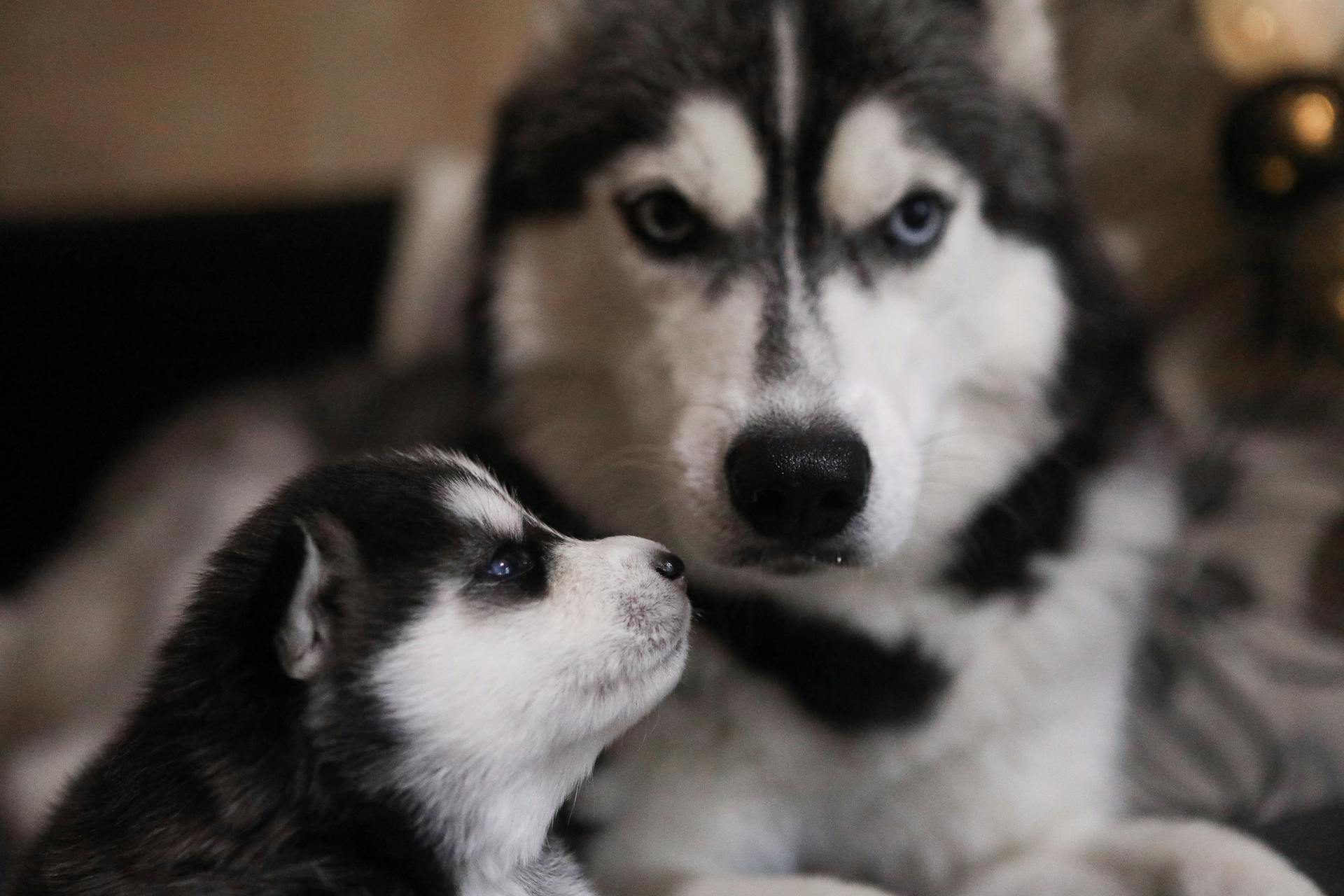
Here are some quick facts about this amazing breed:
- Male Norwegian Elkhounds typically stand between 20-22 inches (51-56 cm) tall at the shoulder, weighing 45-60 pounds (20-25 kg), while females stand between 18-20 inches (46-51 cm) tall, weighing 35-45 pounds (16-20 kg).
- Their lifespan is around 12-15 years.
- They have a thick, double coat that's gray or black in color.
- One of the most distinctive traits of the Norwegian Elkhound is their temperament - they're intelligent, independent, loyal, and affectionate.
- These dogs require a lot of exercise and need early and consistent training to thrive.
- Unfortunately, the breed is prone to some health issues, including hip dysplasia, elbow dysplasia, and eye problems.
Their lineage dates back to ancient times, with origins dating as far back as 5000 B.C.E., making them one of the world's most ancient dog breeds.
Additional reading: What Are the 14 Ancient Dog Breeds
Frequently Asked Questions
Is a Norwegian Elkhound a good family dog?
A Norwegian Elkhound can make a great family dog for families with older children or no children at all, but requires careful consideration if you have smaller pets. They thrive in households with a calm and structured environment.
Do Norwegian Elkhounds cuddle?
Yes, Norwegian Elkhounds are known to be affectionate and love to cuddle with their human family members. They thrive on attention and affection from their loved ones.
Are Norwegian Elkhounds rare?
Yes, the Norwegian Elkhound is a rare breed, especially outside of Scandinavia. Its rarity is due to its limited presence in Norway and even more so in other parts of the world.
Are Norwegian Elkhounds good service dogs?
Yes, Norwegian Elkhounds are intelligent and capable service dogs, making them a suitable choice for individuals with disabilities. Their trainability and tracking abilities also make them a valuable asset for search and rescue teams.
Featured Images: pexels.com
